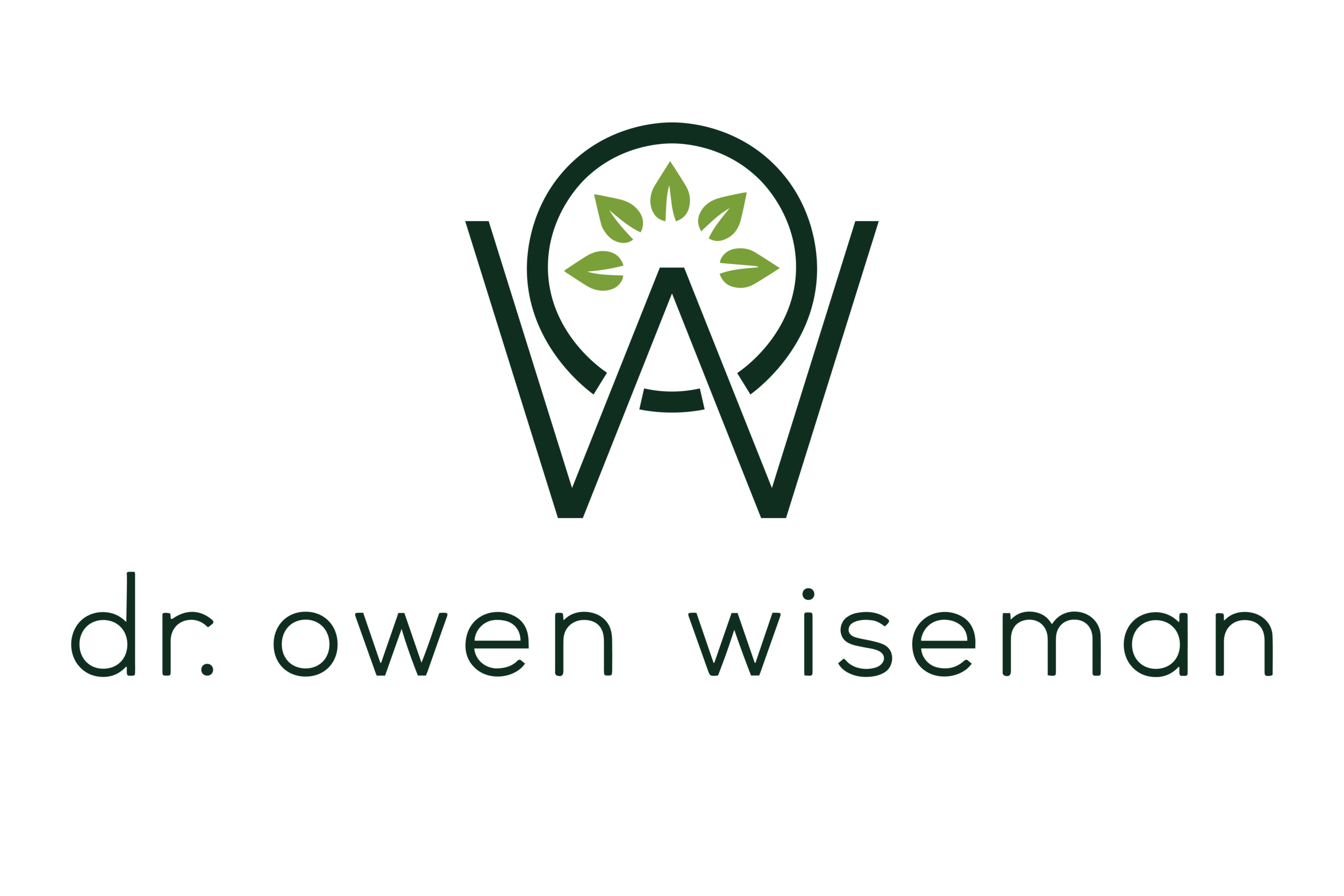The Interconnectedness of Biodiversity and Urban Diversity
Nature and cities may seem like two entirely different entities, but upon closer examination, they share a unique connection. Biodiversity and urban diversity are two concepts that are quite alike when you think about it. Cities are diverse in terms of culture, ethnicity, and lifestyle, while nature is vast and rich in flora and fauna. By exploring the similarities between these two concepts, we can help understand the importance of both to human civilization.
The Role of Biodiversity in Urban Ecosystems
The biodiversity of nature is crucial for the survival of our ecosystem as every species and organism plays a pivotal role in maintaining the natural equilibrium. In contrast, a homogenous community or city may seem appealing, but it is not necessarily a healthy one. A community that lacks diversity in terms of culture, gender, and age, may not have access to different perspectives and is more likely to experience social isolation and unhealthy monoculture.
“Travel is fatal to prejudice, bigotry, and narrow-mindedness, and many of our people need it sorely on these accounts. Broad, wholesome, charitable views of men and things cannot be acquired by vegetating in one little corner of the earth all one's lifetime.”
Mark Twain
We need biodiversity in our cities as well, to promote healthy interactions and facilitate the exchange of ideas. While travel is often cited as the best cure for ignorance, jet-setting around the world is out of reach for the majority of us. Bringing together people of diverse backgrounds in a city setting is one way around the barrier of travel.
Urban Diversity and its Influence on Biodiversity
Urban diversity and biodiversity work together in many ways. A city that preserves and prioritizes the protection of its green spaces and natural habitats is more likely to have a diverse local economy and a healthy community. For example, a city that promotes farming and local agriculture can provide fresh produce to its diverse population, promote healthy eating, and bring people of different backgrounds together.
The Impact of Urbanization on Biodiversity
Sadly, not all cities recognize the interconnectedness of urban diversity and biodiversity. Degraded ecosystems and mass urbanization have led to the loss of many species around the world. This can negatively impact urban communities by reducing access to parks and green spaces, clean water, and fresh air. It can also reduce resilience to natural disasters and create health hazards. Investment in sustainable development of cities creates business opportunities, increases access to health care, enhances social connections, and promotes ecotourism.
In summary, the interconnectivity between biodiversity and urban diversity is clear. We need biodiversity for the health of our environment, and we need urban diversity for the health of our communities. Cities and nature can work together harmoniously by involving local communities in decision-making processes, bringing diverse groups together, and promoting investment in sustainable development. It is essential for us to keep exploring this interconnectedness and promoting sustainable solutions for a happier, healthier planet.
Strategies for Enhancing Biodiversity in Urban Areas
Increasing urban biodiversity requires concerted efforts from both government bodies and individuals. Here are a few strategies that can be employed:
Preservation of Green Spaces: Urban planning should include the preservation and creation of green spaces like parks, gardens, and other natural habitats within city limits. These spaces not only support local flora and fauna but also provide residents with areas for recreation and relaxation.
Urban Farming: Encouraging urban farming initiatives can significantly enhance urban biodiversity. Rooftop gardens, community farms, and vertical farming are sustainable ways to grow food while also attracting a multitude of insects and birds, thereby improving the city's ecosystem.
Native Planting: Planting native trees and plant species can attract and sustain local wildlife. Native species are adapted to local conditions and require less maintenance. They are also essential for preserving local biodiversity.
Education and Awareness: Public education about urban biodiversity promotes informed decision-making. Awareness campaigns, workshops, and community initiatives can help citizens understand the importance of biodiversity and how they can contribute to its preservation.
Sustainable Building Practices: Green building certifications like LEED (Leadership in Energy and Environmental Design) encourage the use of techniques that minimize environmental impact. This can include incorporating green roofs, rain gardens, and permeable paving into the design of buildings.
By implementing these strategies, cities can enhance biodiversity, improve the quality of life for their residents, and ensure a more sustainable future.
Bringing it all together...
Weaving the concepts of biodiversity and urban diversity together, we can learn how to create a beautiful, vibrant world. At the core of our development plans, we must create sustainable and resilient communities that are in harmony with nature. It is time we recognize the crucial roles biodiversity and diversity play in our daily lives and show respect for our environment and each other. By working together, we can create ecologically sustainable cities and communities where biodiversity and urban diversity thrive side by side, and people can flourish.

